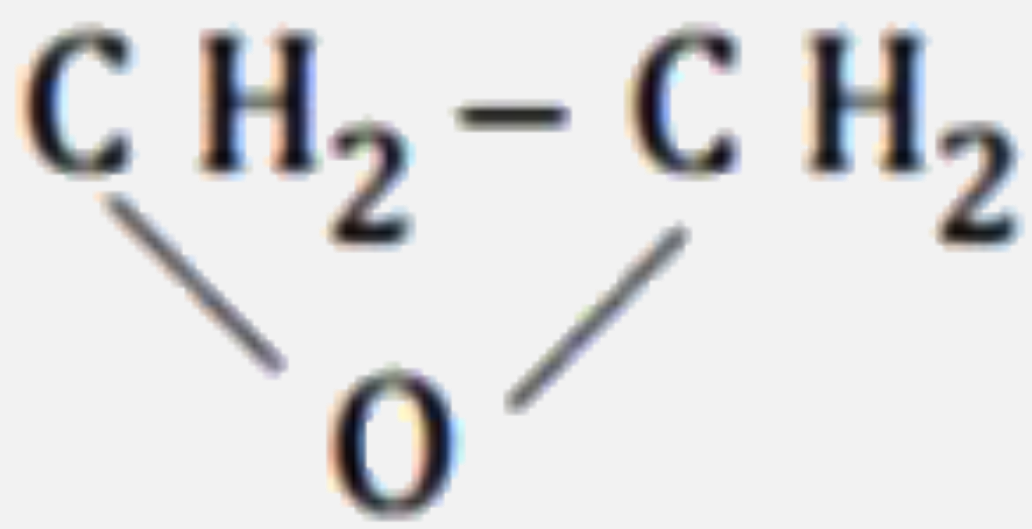In chemical kinetics, only a small fraction of colliisons lead to reactions. This is because
The colliding molecuels may not be appropriately oriented to one another and the colliisons are not energetic.
The colliding molecuels are properly oriented to one another and the colliison are highly energetic.
The colliding molecules are properly oriented to one another and the colliisons are not highly enrgetic.
The colliding molecules may not be appropriately oriented to one another and the colliison are very enrgetic.
The correct Answer is:A
Step-by-Step Solution:
1. Understanding Collision Theory:
- In chemical kinetics, the collision theory states that for a reaction to occur, reactant molecules must collide with each other. However, not all collisions result in a reaction.
2. Effective Collisions:
- For a collision to be effective (i.e., lead to a reaction), two conditions must be met:
- The colliding molecules must be properly oriented relative to each other.
- The colliding molecules must possess sufficient energy to overcome the activation energy barrier.
3. Orientation of Molecules:
- Proper orientation means that the molecules must align in a way that allows the necessary bonds to break and form. If the molecules collide in an incorrect orientation, the reaction will not occur, even if they have enough energy.
4. Energy of Collisions:
- The energy of the colliding molecules must be greater than or equal to the activation energy required for the reaction. If the energy is too low, the molecules will not react, regardless of their orientation.
5. Conclusion:
- Therefore, only a small fraction of collisions lead to reactions because many collisions do not meet the criteria of proper orientation and sufficient energy. This results in a low probability of successful reactions occurring.
Final Statement:
In summary, the reason why only a small fraction of collisions leads to reactions is that colliding molecules may not be properly oriented, and the collisions may not have sufficient energy to result in a reaction.
---
- In chemical kinetics, the collision theory states that for a reaction to occur, reactant molecules must collide with each other. However, not all collisions result in a reaction.
- For a collision to be effective (i.e., lead to a reaction), two conditions must be met:
- The colliding molecules must be properly oriented relative to each other.
- The colliding molecules must possess sufficient energy to overcome the activation energy barrier.
- Proper orientation means that the molecules must align in a way that allows the necessary bonds to break and form. If the molecules collide in an incorrect orientation, the reaction will not occur, even if they have enough energy.
- The energy of the colliding molecules must be greater than or equal to the activation energy required for the reaction. If the energy is too low, the molecules will not react, regardless of their orientation.
- Therefore, only a small fraction of collisions lead to reactions because many collisions do not meet the criteria of proper orientation and sufficient energy. This results in a low probability of successful reactions occurring.
In summary, the reason why only a small fraction of collisions leads to reactions is that colliding molecules may not be properly oriented, and the collisions may not have sufficient energy to result in a reaction.
Topper's Solved these Questions
- CHEMICAL KINETICSBOOK - CENGAGE CHEMISTRY ENGLISHCHAPTER - CHEMICAL KINETICSEXERCISE - Solved Example
52 Videos
- CHEMICAL KINETICSBOOK - CENGAGE CHEMISTRY ENGLISHCHAPTER - CHEMICAL KINETICSEXERCISE - Ex 4.1 (Objective)
9 Videos
- CARBOXYLIC ACIDS AND THEIR DERIVATIVESBOOK - CENGAGE CHEMISTRY ENGLISHCHAPTER - CARBOXYLIC ACIDS AND THEIR DERIVATIVESEXERCISE - Exercises Archives (Analytical And Descriptive)
34 Videos
- COORDINATION COMPOUNDSBOOK - CENGAGE CHEMISTRY ENGLISHCHAPTER - COORDINATION COMPOUNDSEXERCISE - Archives Subjective
18 Videos
Similar Questions
Knowledge Check
The reaction of
 with RMgX, leads to the formation of : ARCHOHRBRCHOHCH3CR2CHCH2OHDRCH2CH2OH
with RMgX, leads to the formation of : ARCHOHRBRCHOHCH3CR2CHCH2OHDRCH2CH2OH
A chemical reaction occurs as a result of colliisons between reacting molecules. Therefore, the reaction rate is given by
View SolutionAccording to the colliison theory, most molecular colliisons do not lead to reaction. Which of the following is/are necessary for colliisons to successfully lead to reaction ?
View Solutionwhich of the following leads to redox reaction ?
View SolutionHeat at the rate of 200 W is produced in an X-ray tube operating at 20 kV. Find the current in the circuit. Assume that only a small fraction of the kinetic energy of electron is converted into X-rays.
View SolutionWrite the balanced chemical equation for each of the following reactions:
Lead nitrate solution is added to sodium chloride solution.
View SolutionDiscuss on the kinetic spontaneity of a chemical reaction. Is a slow reaction spontaneous? Why?
View SolutionWrite a balanced chemical equation for the reaction
Reaction of lead nitrate solution with ammonium hydroxide.
View Solution

 with
with 